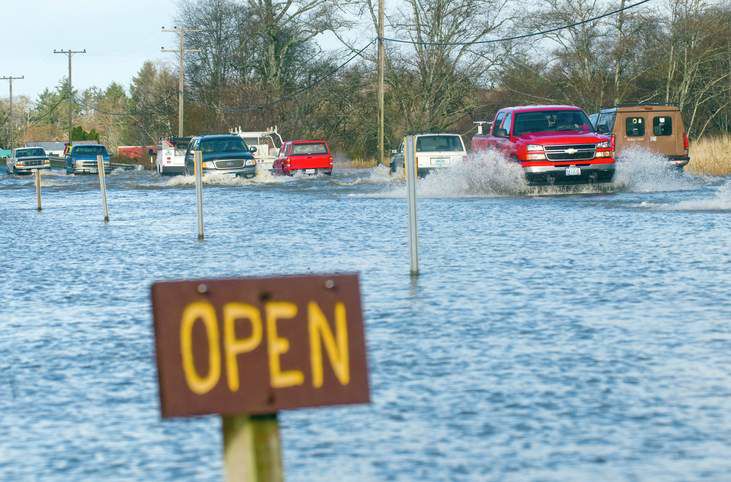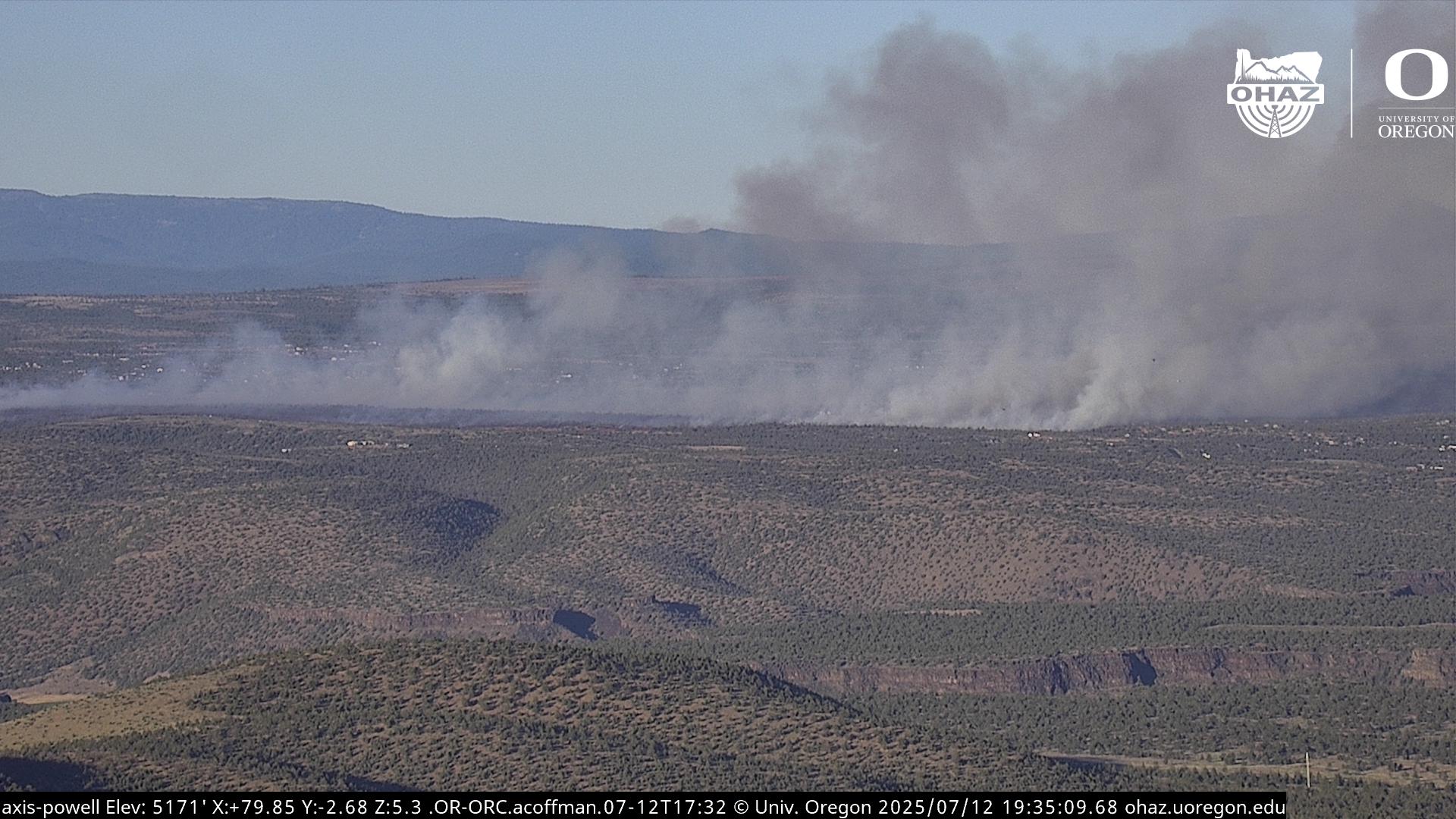Highway flooding at Seaside should end with new plan
Published 4:00 am Friday, December 28, 2012

- Cars negotiate floodwaters as they pass Circle Creek RV Park and Campground on U.S. Highway 101 south of Seaside. A new plan designed to alleviate seasonal flooding on the highway is getting a warm reception from motorists and officials.
SEASIDE — In Seaside, it’s as predictable as the winter gray: The rains come, high tides roll in and sure enough U.S. 101 floods, four times already this year. Sometimes, traffic is only restricted. Other times, the road must be closed completely.
And sure enough, there’s always that one driver who thinks he can make it through — and fails, prompting a rescue from the ODOT crews.
Trending
But this winter may be the last that drivers will need to time their journeys around the Necanicum River by Beerman Creek, just south of town. After years of teamwork between a nonprofit organization and a handful of local and state government agencies, they’ve come up with a solution that has everyone grinning.
“It seems to me like it’s a win, win, win, win, win and just keeping adding the wins behind it,” said Ed Wegner, Clatsop County Public Works director. “It will help Seaside, it will help ODOT, it will help anyone who uses the road. Tourism. Emergency services. If you lived in Cannon Beach and there was flooding you couldn’t get through to the nearest hospital. You’d have to go to Tillamook. You name it, there is a win for it.”
Levee traps river
Including the environment. Long before anyone was thinking about protecting salmon, rare forest ecosystems or wildlife habitat, farmers cleared trees from about 120 acres bordering the Necanicum River to be used as pastureland for dairy cows. Then, in the 1960s, developers sought to build in the flood plain.
And in order to keep the river off the development, they built a levee. The development never happened, but now the river was sandwiched between the highway and the levee, and the flooding began in earnest.
Forty-odd years later, in 2003, the nonprofit North Coast Land Conservancy purchased 364 acres — including the previously cleared land — with an eye toward protecting rare Sitka spruce wetlands, salmon and wildlife habitat.
Trending
“But we also knew the levee was there and it was having a negative impact on the ecosystem,” said Executive Director Katie Voelke. “We knew that there would be a benefit to the ecology if we were to remove the levee, but we didn’t know if it was feasible.”
When they reached out to the local communities, there was interest, but the trouble was, everyone seemed to think it was someone else’s responsibility, said Voelke. But after five years of talking, Clatsop County, ODOT, the cities of Astoria, Cannon Beach, Warrenton, Gearhart, Seaside and the Port of Astoria all came together. They pooled their money and commissioned a study to figure out the best way to handle the water.
And, as suspected, NCLC had been right.
Finding the money
Removing the levee was relatively inexpensive — especially compared to the alternative of raising the road, which came in at a cost of more than $10 million. But it still came with a price tag of more than $1 million. And the ODOT couldn’t use highway funds to help because the levee wasn’t on an ODOT right of way.
So they figured their only choice was to wait a few years until they could raise the money. Then Voelke got a call that seemed almost too good to be true.
Because ODOT’s road projects often impact waterways and wetlands, the state agency is required by law to enhance wetlands in other areas to mitigate their impact. ODOT was looking for a big chunk of land to do a wetlands project in order to earn wetlands credit.
“It’s like a bank that is storing wetlands instead of money,” said Voelke. “ODOT knew if they rehabbed 100 acres, that’s what they needed to be able to do all road maintenance they need to do in terms of wetlands impact over the next 20 years. The trick was finding a landowner willing to create 100 acres of wetlands.”
A stroke of luck
And then came that stroke of serendipity that left everyone scratching their heads — in the best possible way.
“A guy from ODOT called me one day,” Voelke said. “He said, ‘Any chance you guys are looking to do a big wetlands project that we could do instead and fund it?’”
Work on the project is already under way, with plans for removing the dirt levee set for the first sign of dry weather.
“One of the benefits that is great for people and the habitat is that by opening up the wetlands, we are going to make this a 100-plus acre water storage area,” she said. “Instead of just letting these winter surges of water flush back in to the ocean, it will store the water so the stuff can seep instead.
“It restores ground water, soaks the wetlands areas that support wildlife,” she said. “These wetlands are essentially connected to the stream, so you have the stream channel and wetlands side channels. Those are really great juvenile rearing habitat for salmon. It is very cool.”
From a motorist perspective, as well.
“The people in Cannon Beach are going to be particularly happy,” said ODOT spokesman Lou Torres. “Many people in Cannon Beach work in Seaside and they really needed to pay attention to what was happening as far as flooding. You didn’t want to be on the wrong side. How are you going to go shopping, get to work? We’re going to be happy we can finally shut off the water faucet there.”








